NAD c542 is freezing
Forums
- Read more about NAD c542 is freezing
- Log in or register to post comments
Bow Technologies Is Back
Bow Technologies Is Back
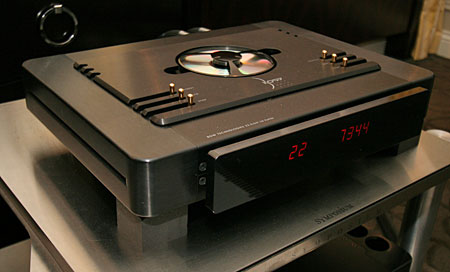
- Read more about Bow Technologies Is Back
- Log in or register to post comments



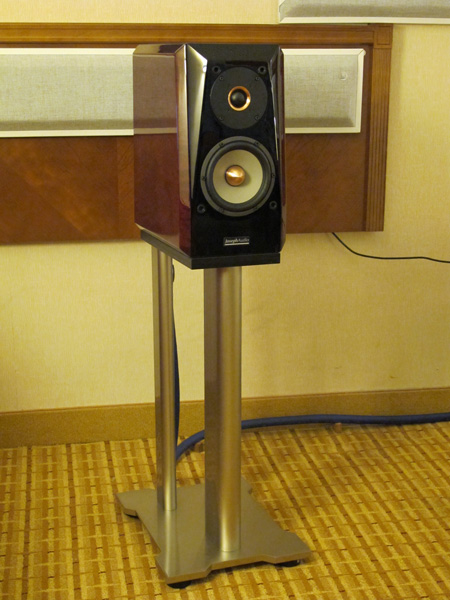
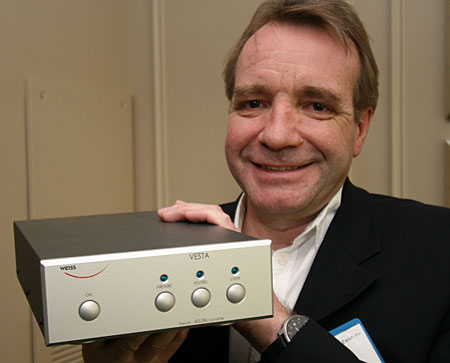
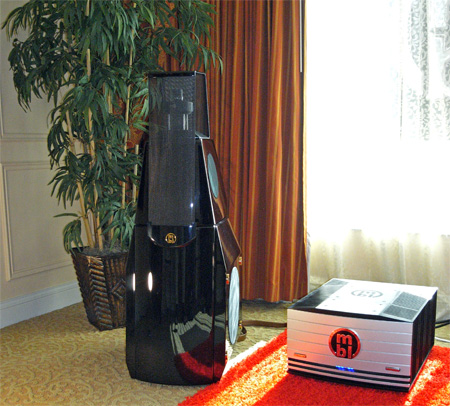
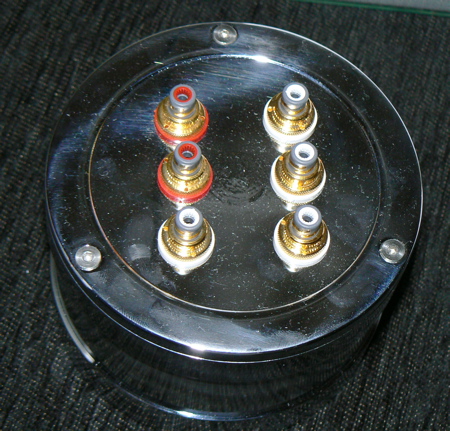
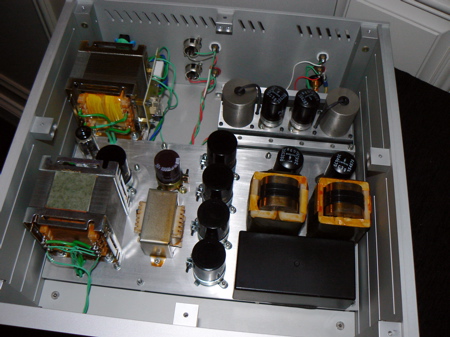
So what gives? I've had this CD player for 2 years, suddenly it starts freezing, just stops dead in the middle of a track. I can't skip tracks, ff or rw, nothing.
What's the problem? (yes, I know it's broken)
Thanks in advance.